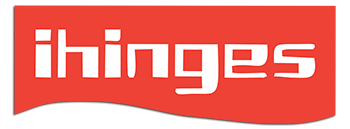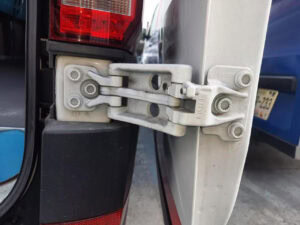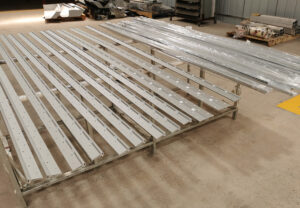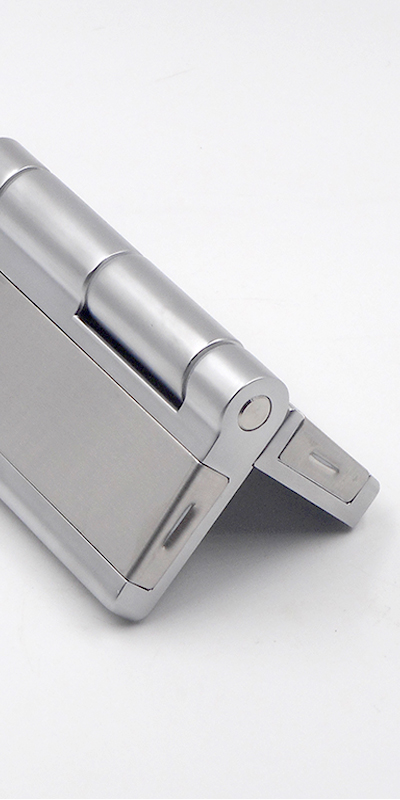Customizing industrial hinges requires clear communication to avoid costly delays, design errors, or production mismatches.
To accurately communicate your requirements when customizing industrial hinges, provide detailed specifications including dimensions, materials, load requirements, usage environment, and 2D/3D drawings. Supplement this with photos or samples if possible. Clear communication with a knowledgeable manufacturer ensures fast, precise results.
Clear specs ensure clear results—read on to avoid costly misunderstandings and optimize your hinge customization process.
Why Is Clear Communication Important When Customizing Industrial Hinges?
Miscommunication can lead to failed projects, increased costs, and delivery delays.
Precise communication with your hinge manufacturer reduces production risks, improves product fit, and shortens lead times.
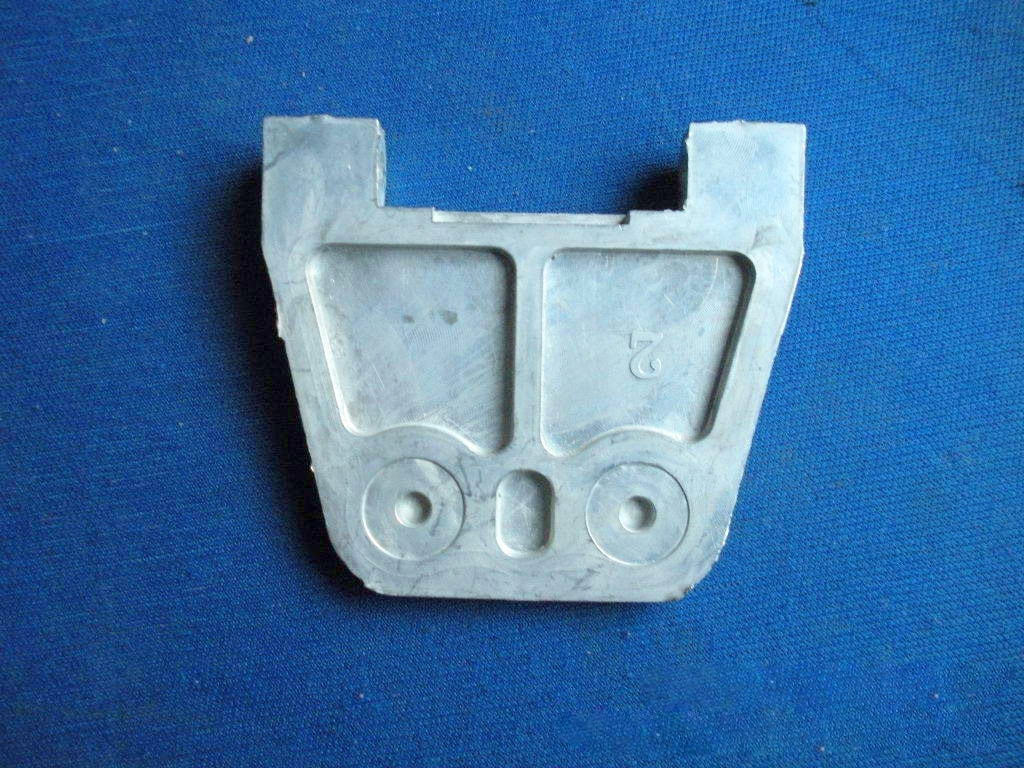
When you customize industrial hinges—especially for specialized equipment like electrical cabinets, testing chambers, or marine enclosures—small errors can lead to serious compatibility issues. An incorrect thickness, hole spacing, or even finishing method could render the part unusable. That’s why accurate, unambiguous communication with your manufacturer is vital.
IHINGES often receives inquiries where initial information is vague—such as “strong hinge needed for cabinet.” Without knowing the cabinet’s weight, material, environmental exposure, or movement cycle, it’s impossible to recommend the right hinge. Precise inputs lead to precise outputs. When the buyer provides clear, detailed requirements, manufacturers can quickly generate matching 2D/3D models, confirm feasibility, and move into efficient sampling or production.
The Cost of Poor Communication
| Miscommunication Type | Potential Problem | Outcome |
|---|---|---|
| Vague specifications | Wrong hinge selected | Project delay, replacement needed |
| No drawings | Inconsistent expectations | Sampling errors |
| No load/environment data | Material or structure mismatch | Early hinge failure |
| Late feedback | Redesigns, extra costs | Timeline disruption |
What Should You Prepare Before Contacting the Manufacturer?
Good preparation lays the groundwork for a smooth customization process.
Before contacting the manufacturer, prepare dimensional drawings, load requirements, material preferences, quantity estimates, and details about the application environment.
Before any conversation with a hinge supplier, collect all relevant technical and usage information. This helps eliminate ambiguity and accelerates the customization process. The clearer your needs, the faster and more accurately your supplier can respond.
Start by defining hinge dimensions: length, width, thickness, and hole patterns. Next, identify the weight and movement the hinge must support. Is it for a heavy-duty testing chamber door or a lightweight enclosure cover? Specify the environment—will the hinge face moisture, chemicals, high temperatures, or vibration? Then note your preferred material: stainless steel, aluminum, carbon steel, etc. Don’t forget to clarify surface treatment requirements (e.g., electroplating, sandblasting, anodizing). Finally, indicate estimated order quantities, as these often affect pricing and production feasibility.
How to Clearly Describe Your Custom Hinge Requirements?
Visual and technical clarity is essential to a successful design process.
Use technical drawings, physical samples, or 3D models to communicate your custom hinge needs. Include functional requirements, materials, and special features.
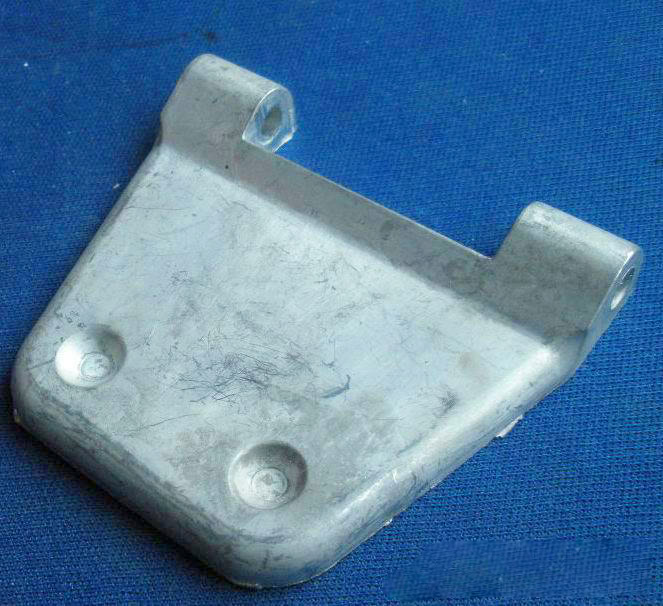
Clarity begins with documentation. A simple sketch is helpful, but a professional 2D or 3D drawing is best. Include hole positions, mounting method (welding, screw-on, etc.), and maximum rotation angle. Many custom hinges also include detachable mechanisms, spring features, or concealed components—these must be specified early.
IHINGES offers drawing optimization services based on your initial inputs. If you don’t have drawings, provide a physical sample or detailed photos. Be sure to annotate parts requiring customization. Explain functional goals: Should the hinge hold a door open, resist corrosion, or support 80kg vertical load?
We’ve worked with U.S. clients in the testing equipment industry where such clarity shortened design cycles by 40%. Our engineers quickly transformed client notes into 3D models and confirmed all technical specs before tooling.
Communicate With Technical Terms
Use clear industry language. For example:
-
“Corrosion-resistant 304 stainless steel” instead of “strong steel”
-
“Electropolished surface” instead of “smooth finish”
-
“150° max rotation angle with stop” instead of “opens wide”
What Are Common Miscommunication Pitfalls—and How to Avoid Them?
Avoid vague descriptions, last-minute changes, and assumption-based communication.
Avoid unclear language, incomplete drawings, late changes, or relying on verbal-only communication. Always confirm specs in writing and request manufacturer feedback.
Even seasoned buyers fall into common traps when sourcing custom hinges. One of the biggest pitfalls is assuming the manufacturer knows what you mean without technical backing. Descriptions like “just like the last one” or “as per usual” can result in mismatched batches—especially if your contact changes or there is staff turnover.
Another issue is scope creep—adding requirements late in the process. For example, adding waterproofing features after the design is finalized can result in tooling redesign, cost increases, and delays.
To avoid these, follow this checklist:
-
Send all drawings and reference files upfront
-
Confirm all specifications via email or spec sheet
-
Request a confirmation drawing from the factory
-
Assign a dedicated contact person from your side for follow-ups
-
Avoid over-relying on phone calls; use visual documentation instead
Why Work with a Manufacturer That Offers Design Support?
A manufacturer with design expertise translates your ideas into manufacturable solutions.
Choose a hinge supplier with in-house design capabilities, quick prototyping, and strong communication. This saves time and ensures technical alignment.
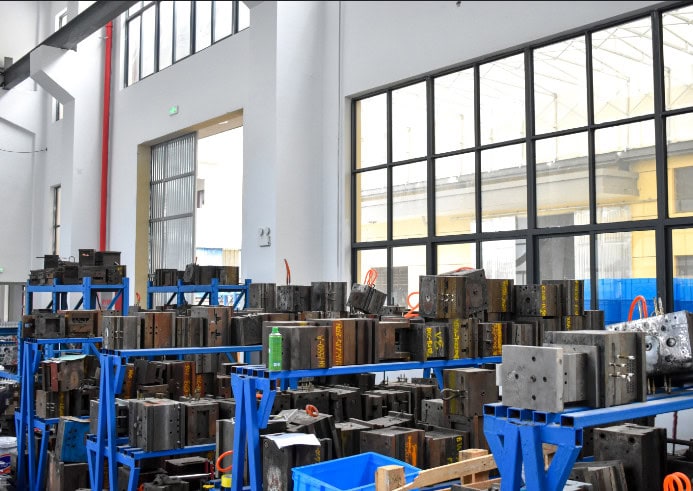
Many manufacturers are just processors—they produce what they’re told but don’t help define what should be made. But for customized hinges, especially with special structures (like concealed, detachable, or load-bearing designs), the supplier’s engineering ability is key.
IHINGES offers technical drawing support, hinge structure optimization, and even 3D visualizations. For example, one of our clients from Israel needed a cold storage hinge with an embedded stop mechanism. With just a few sketches and use-case descriptions, our team provided an accurate 3D plan within 48 hours. This minimized back-and-forth and allowed immediate sampling.
Look for these manufacturer qualities:
-
Engineering team with CAD/CAM capabilities
-
Fast feedback loop (within 24–48 hours)
-
Experience with similar industries (e.g., test chambers, electrical cabinets)
-
Ability to provide custom logo stamping and small-batch trial production
How Can IHINGES Help You Communicate Effectively?
We understand what you mean—because we know both design and production.
IHINGES bridges the gap between your ideas and real-world manufacturing. We provide fast drawings, precise samples, and technical support from start to finish.
Our team is trained not just in sales, but in understanding industrial design requirements. We quickly grasp key pain points—whether you’re a sheet metal engineer or a procurement director. From the moment you reach out, we match your language with our technical know-how. You can send us sketches, reference pictures, or just your CAD outline, and we’ll turn them into manufacturable hinge solutions.
We also support OEM branding, batch customization, and rapid prototyping. Whether you’re in the U.S., Israel, or Singapore, our experience across markets allows us to speak your language—literally and technically.
Conclusion
Accurate communication is the foundation of successful hinge customization—prepare well, speak clearly, and choose a responsive partner like IHINGES.
